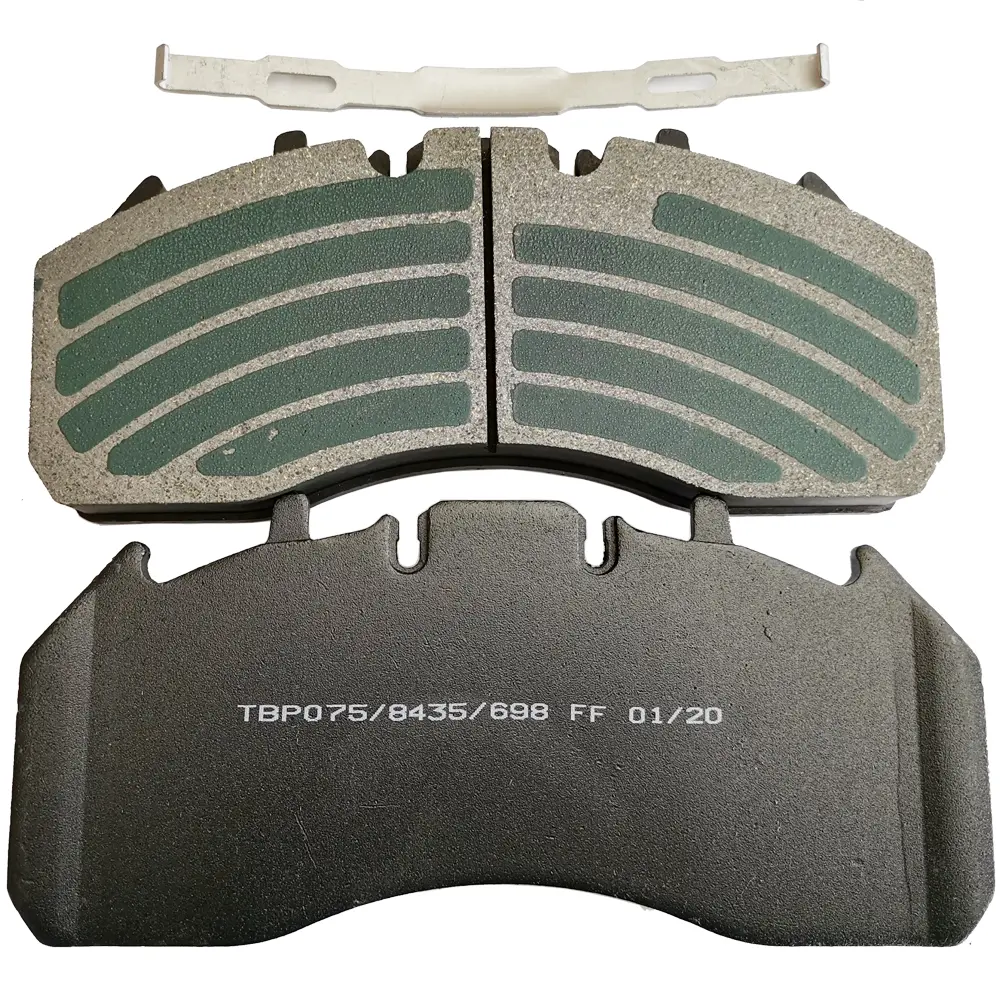As automotive technology continues to advance, the importance of proper maintenance and component selection is paramount to ensure both safety and optimal performance. Among these critical components are brake pads, which play a crucial role in stopping a vehicle efficiently and effectively. With a myriad of options available, choosing the right brake pads is essential for every driver and automotive enthusiast.
The continuous innovation in brake pad manufacturing has introduced a wide range of materials and designs, each offering unique benefits suited to different driving styles and vehicle types. From traditional organic pads to high-performance ceramic and semi-metallic options, the selection process can be daunting. To provide clarity on this important decision, we spoke with automotive industry experts and technicians to gather insights on best practices for choosing the right brake pads.
John Davis, a seasoned automotive technician with over 15 years of experience, emphasizes the importance of considering driving habits and vehicle usage when selecting brake pads. “One size does not fit all when it comes to brake pads,” says Davis. “For daily commuting and city driving, organic or semi-metallic pads might be suitable. However, for high-performance vehicles or towing applications, ceramic or performance-oriented pads would be more appropriate.”
In addition to driving habits and vehicle usage, identifying the right brake pads involves considering factors such as noise levels, stopping power, dust generation, and rotor compatibility. While organic brake pads tend to operate quietly and produce minimal rotor wear, they may lack the high-temperature performance required for heavy-duty applications. On the other hand, ceramic brake pads are known for their durability, low dust output, and excellent heat dissipation, making them a popular choice for a wide range of vehicles.
According to Sarah Lewis, an automotive engineer specializing in brake system design, advancements in brake pad technology have led to the development of carbon-ceramic pads, which offer unparalleled performance and longevity. “Carbon-ceramic brake pads provide exceptional stopping power, reduced noise, and minimized dust accumulation,” Lewis explains. “They are often used in high-performance vehicles and are becoming more accessible for mainstream automobiles due to their outstanding attributes.”
To simplify the decision-making process, many reputable manufacturers provide application-specific recommendations and comprehensive product lines tailored to various driving needs. Furthermore, seeking guidance from certified automotive professionals and utilizing OEM-recommended brake pads can ensure compatibility and optimal performance, enhancing both safety and longevity of the braking system.
Ultimately, the selection of brake pads should be an informed decision based on an understanding of one’s driving requirements, vehicle specifications, and the performance characteristics of available brake pad options. With continuous advancements in material science and manufacturing processes, drivers are presented with an array of reliable and high-performance brake pad solutions, empowering them to make the best choice for their vehicle.
In conclusion, assessing driving habits, vehicle usage, and the available options is crucial in choosing the right brake pads, ultimately contributing to safer and more reliable driving experiences. By staying informed and consulting with automotive professionals, drivers can confidently select brake pads that best align with their specific needs, ensuring both enhanced safety and optimized performance for their vehicles.
Post time: Jan-09-2024











